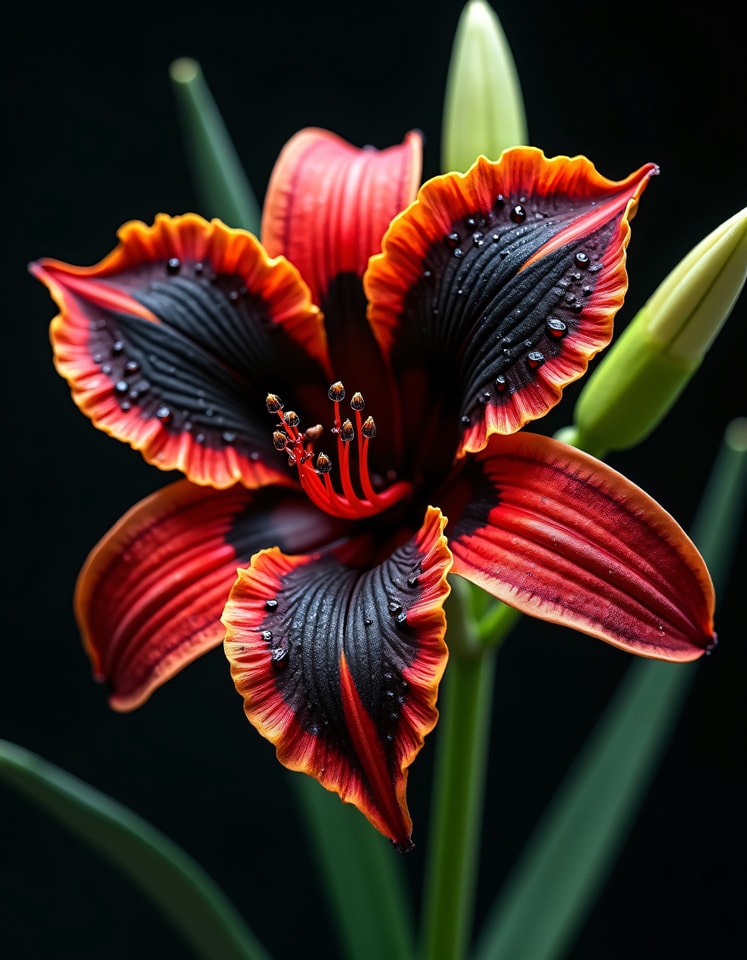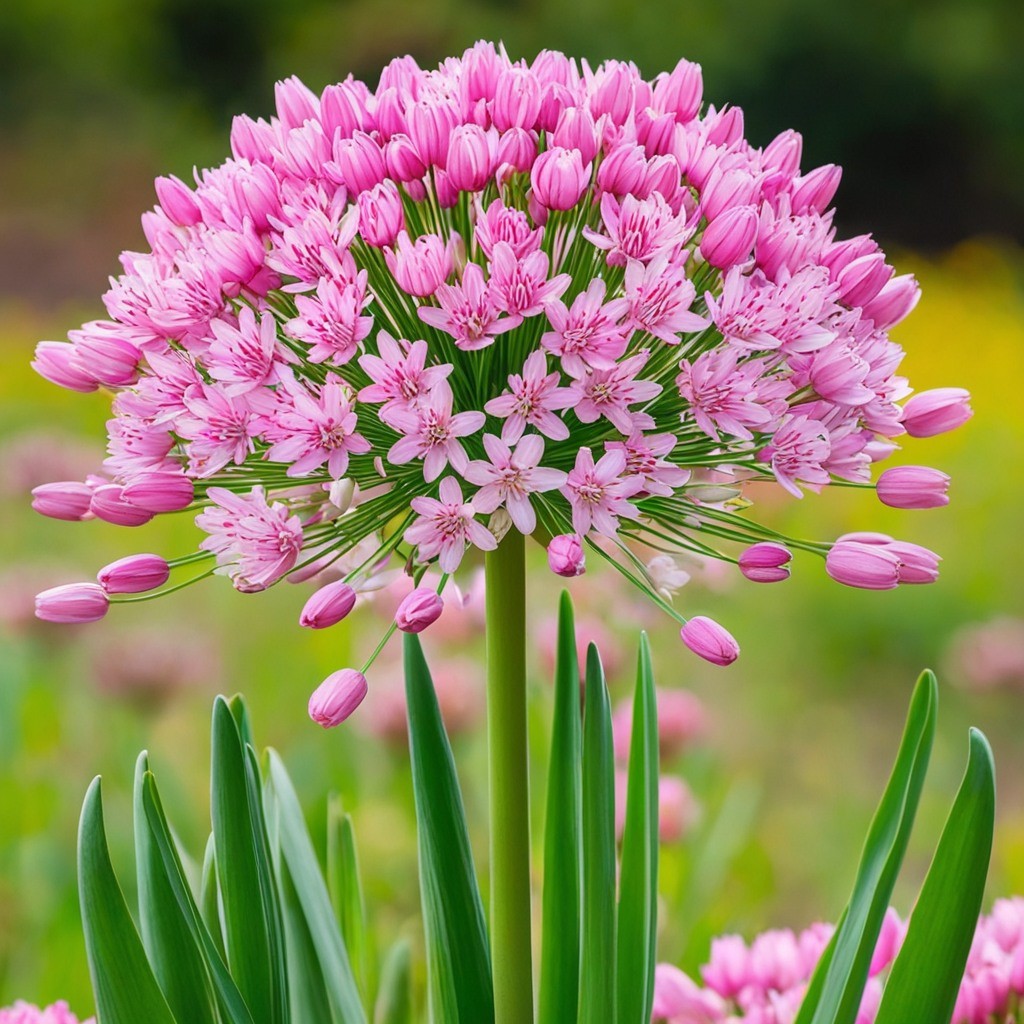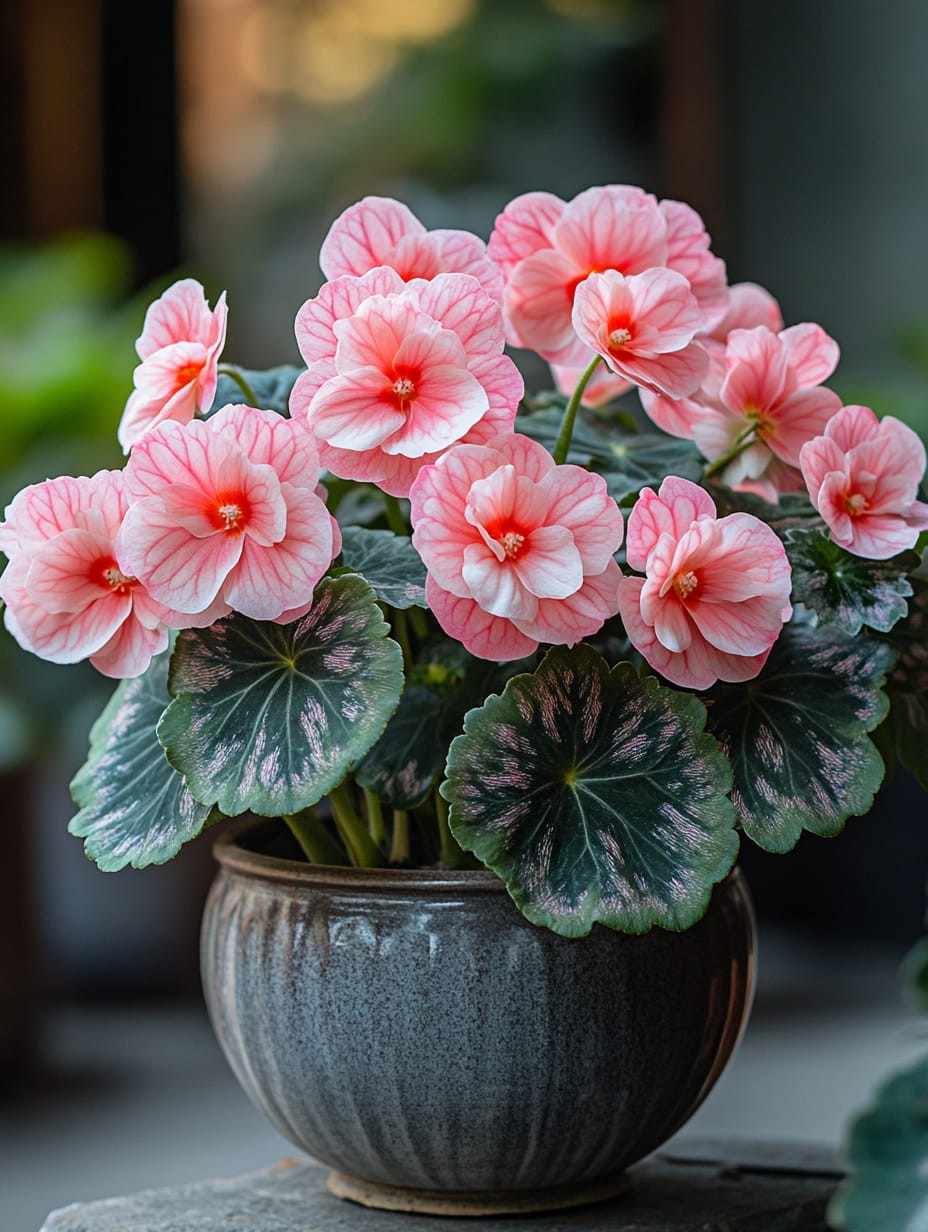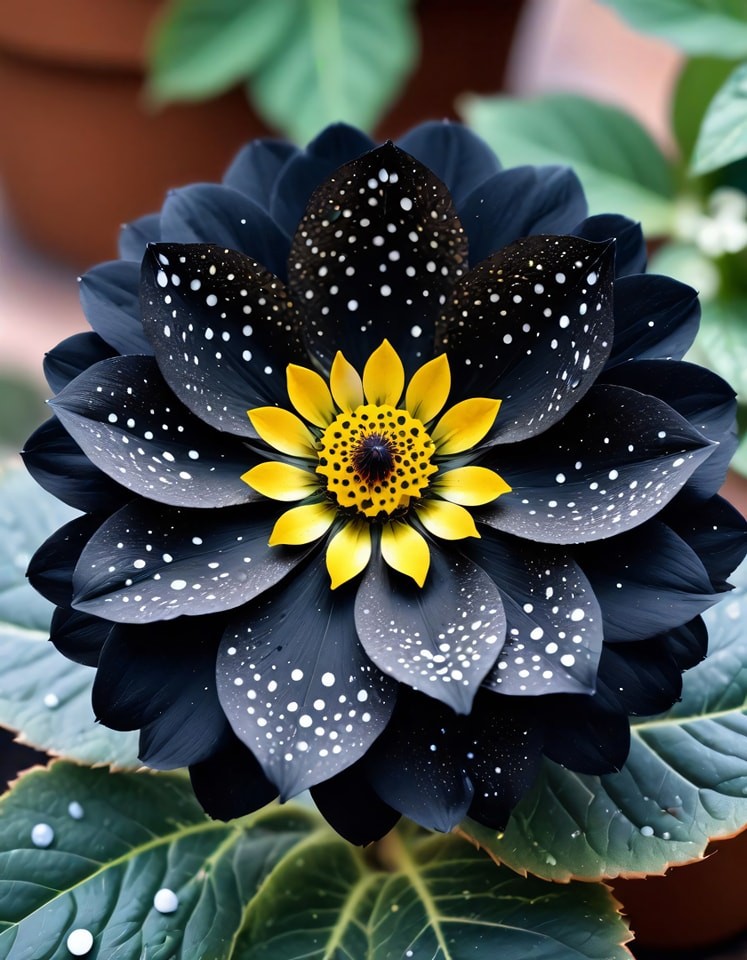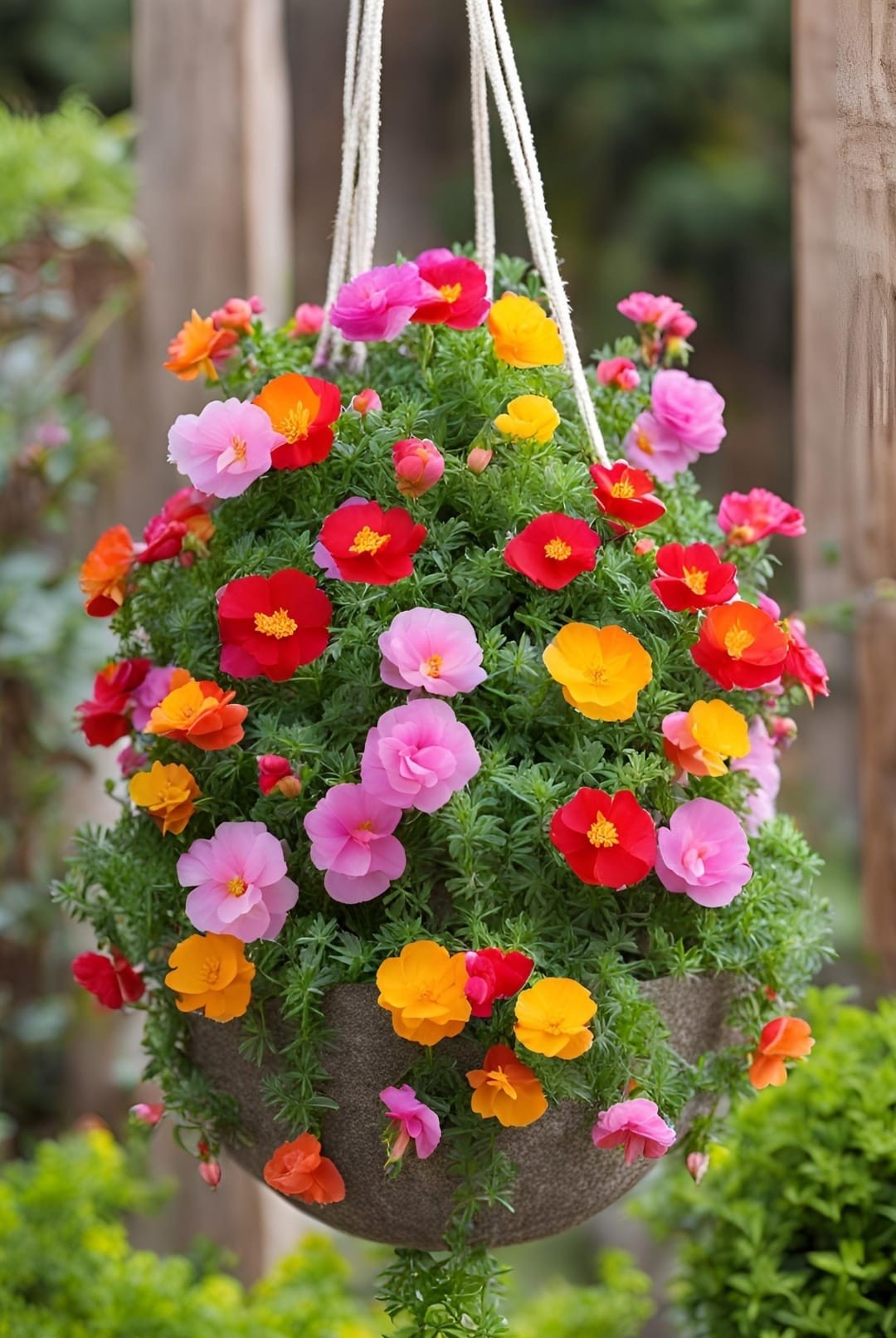14 Types of Epiphytic Plants to Grow as Houseplants
And the trees in your garden will never look the same if you choose one of these super decorative epiphytic plants to grow among their branches!
For sure you already know the first epiphytic variety we would like you to meet, but maybe you thought it was just a houseplant? No, you can grow it outdoors on trees as well!
Moth Orchid (Phalaenopsis spp.)
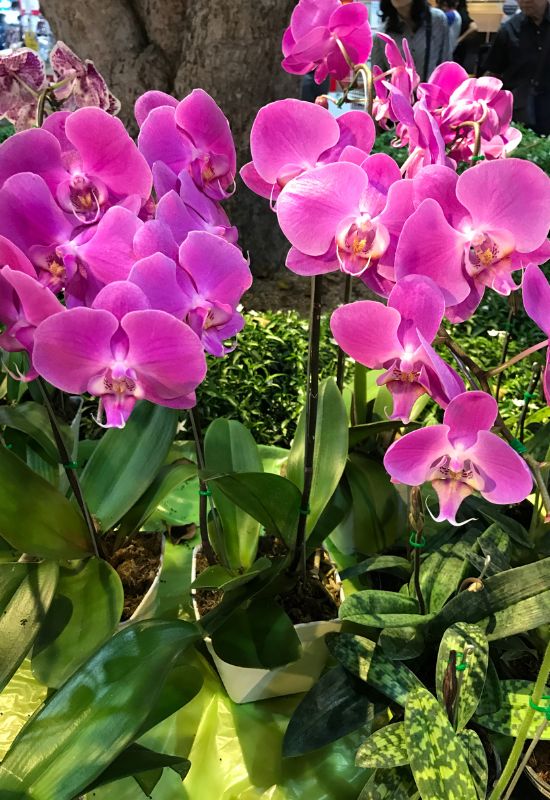
And we could only start with the most loved epiphyte in the whole world: moth orchid! Native to Southeast Asia, the Philippines and Australia, this genus has about 70 species, so you can really take your pick, because they are all epiphytes or lithophytes (they grow on rocks, a few).
And of course, they ate famous for their impressive blooms, which last, immutable, like immortal and peaceful miracles of Nature for months, in small clusters on long and sturdy stems. Famous for looking like butterflies, with fleshy and artistic petals, the modified one in the center, the labellum (or “lip”) is distinctively small, winged and usually of a different color from the others… Talking about shades…
Orchids are rally masters of tonalities, and you can get them all, apart from blue (you can with other genera). So, take your pick!
White, yellow, orange, pink, red, green, purple and even black are all possible in the super showy (sometimes fragrant) blossoms that you will see opening above your head among the branches of your trees.
Their evergreen leaves are a beauty to behold as well, leathery, oval and sometimes arching, very glossy and bright to dark green! And why not, even the aerial roots of these perennials are attractive! Descending from the leafy crown, they look like lianas from a rain forest!
Of course, you will need to live in a hot and humid country to enjoy any of the many moth orchid species (and even mote cultivars) blossoming on the branches of your trees. But if you are so lucky, there is no better plant to give you the full on exotic and tropical experience!
Air Plant (Tillandsia spp.)
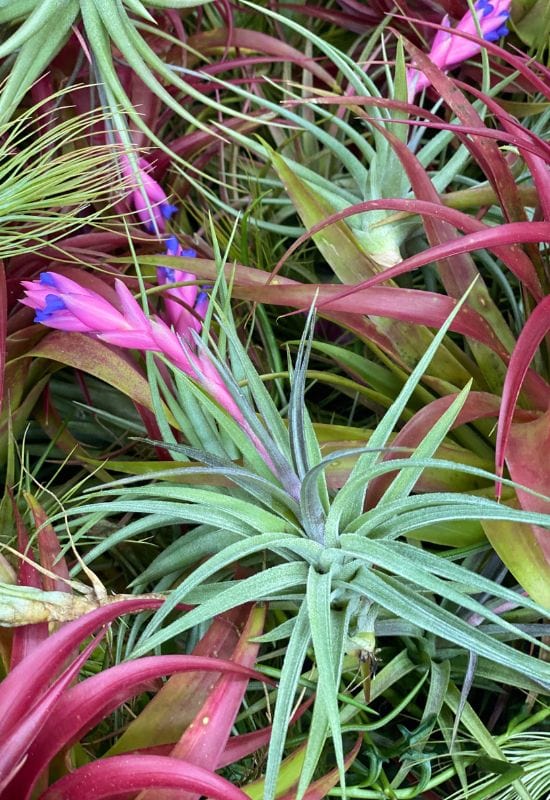
We call them air plants because they literally feed on air, and they are all the 650 species (and many cultivars) of the Tillandsia genus. They are actually members of the family of bromeliads (Bromeliaceae) and they are really all epiphytes!
Elkhorn Fern (Platyceriumbiforcatum)
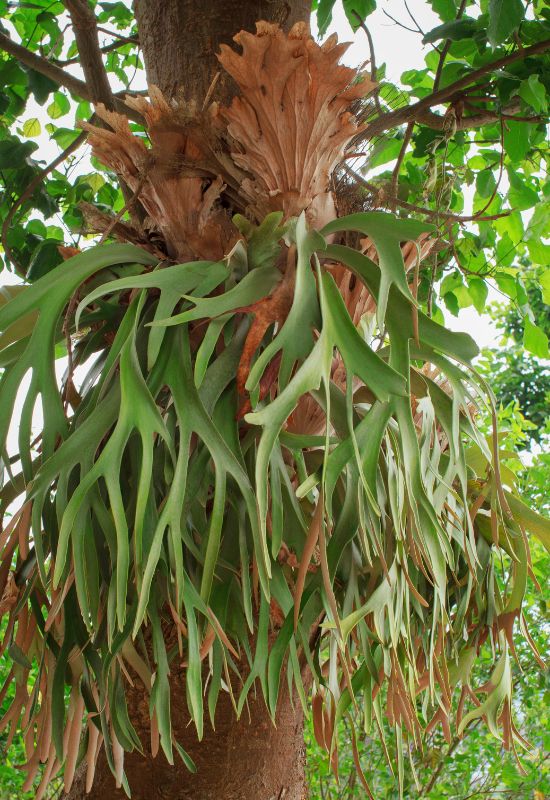
Ok, you won’t get any flowers with elkhorn fern, but you will still get an amazing effect, like living in a rainforest, with an exotic and very unusually looking tropical epiphyte! Native to Java, New Guinea and Australia, this leafy beauty is quite exceptional indeed… It has very smooth foliage, and of two types…
Christmas Cactus (Schlumbergera spp.)
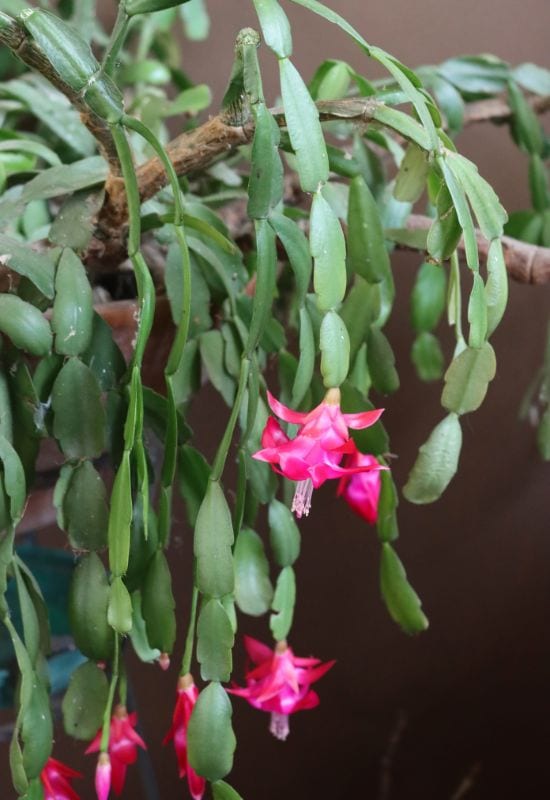
Christmas cactus is a popular houseplant, because it blossoms through winter and during the festive season it takes its name from. But this native succulent from South American rain forests will find an ideal habitat among the branches of your trees if you live in a hot country. Yes, because this beauty too is aepiphyte!
Cattleya Orchid (Cattleya spp.)
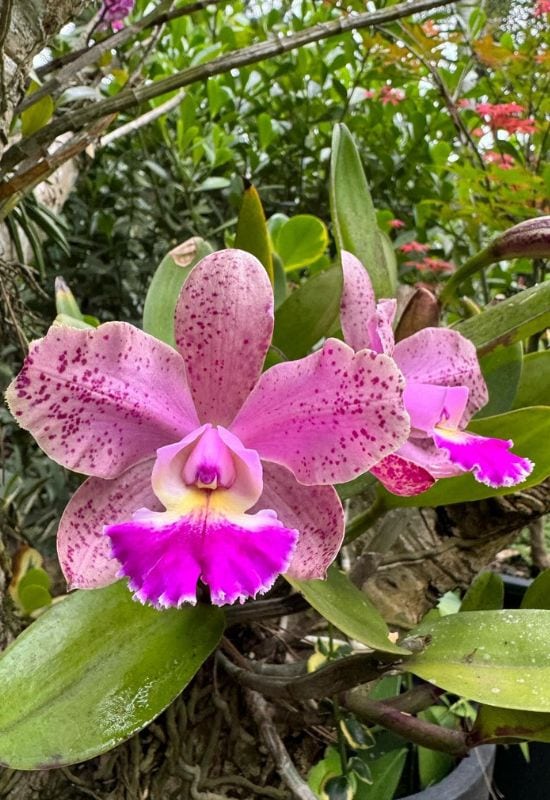
If you really want to go sumptuous and super exotic, the orchids of the genus Cattley are unbeatable, and they too are epiphytic… In fact, they have adapted to grow on the branches and trunks of rainforest trees of South America, which is their ideal humid habitat.
Spanish Moss (Tillandsia usneoides)
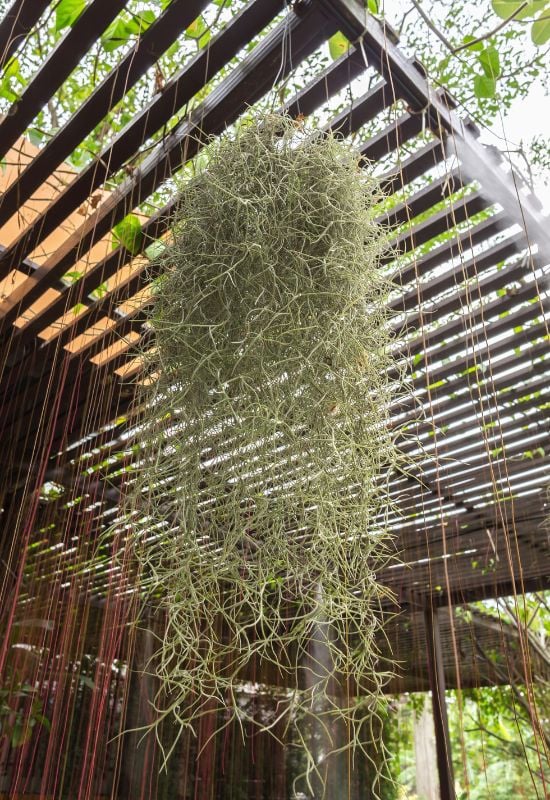
Spanish moss is actually a species of Tillandsia, but it is the odd one out in the genus. And in fact you will be hard put to recognize it as an air plant. Native to the south of the USA, Central and South America, this epiphyte has a look of its own, almost spooky, something that would look great at Halloween parties…
Queen of the Night (Epiphyllum oxypetalum)
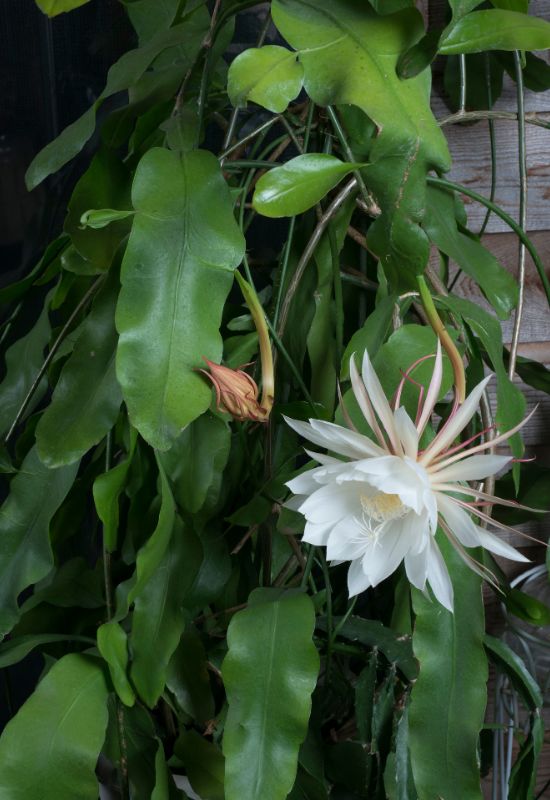
A lunar beauty from Central and South America, queen of the night is a spineless cactus variety with amazing decorative value, but it is quite easy to grow. As its binomial name suggests (Epiphyllum oxypetalum) it is an epiphyte and also a litophyte, and it is a popular houseplant, but it likes the open air, and it enjoys sending its long, succulent and trailing stems down from the branches of trees, where you can enjoy their glossy emerald green color and wavy edges…
Vriesea (Vriesea spp.)
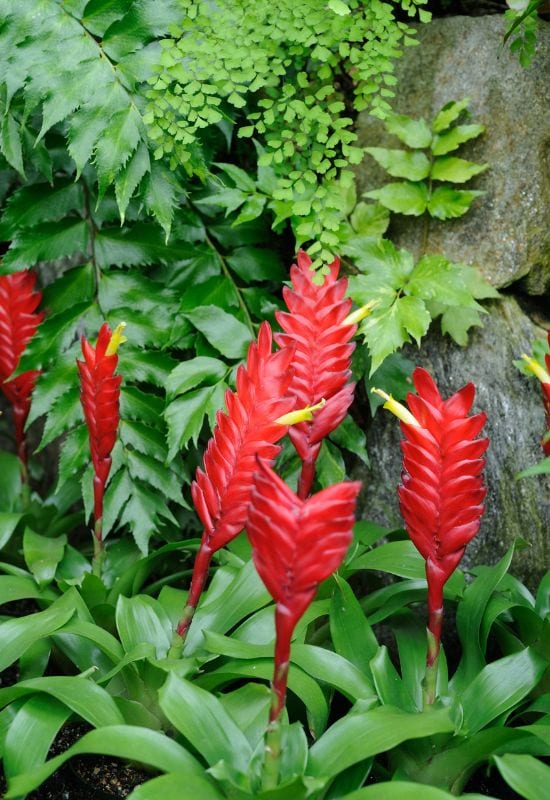
Native to Central and South America, vriesea is a large genus with about 150 species, and most of them (not all), are epiphytes and they grow on the branches of trees in humid tropical and subtropical areas. A close relative of bromeliads (it is actually one of them) and tillandsias, it is also a popular houseplant, but with its own peculiarities.
Dendrobium Orchid (Dendrobium spp.)
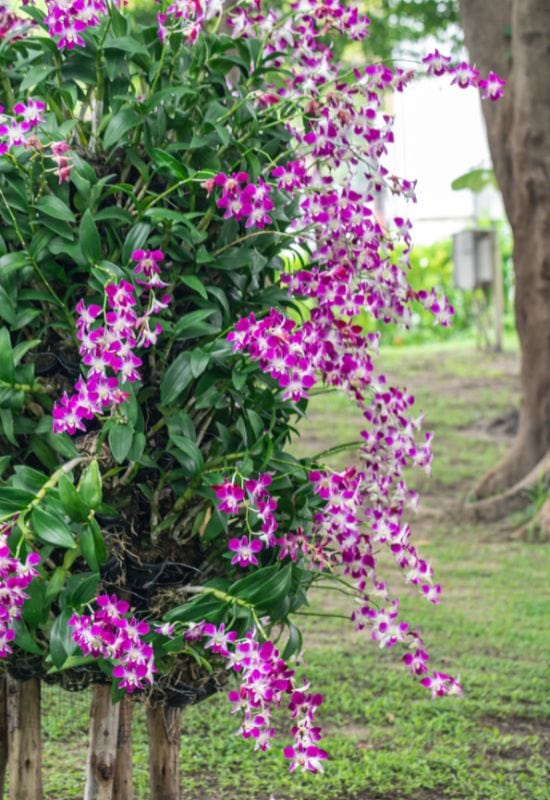
Also sometimes called bamboo orchid, Dendrobium is a vast genus from Southeast Asia and some pacific islands, and most of the 1,800 species (!!!) are epiphytic and litophytic varieties. They include some that produce such massive racemes that they really take your breath away!
Bromeliads (Bromeliaceae Family)
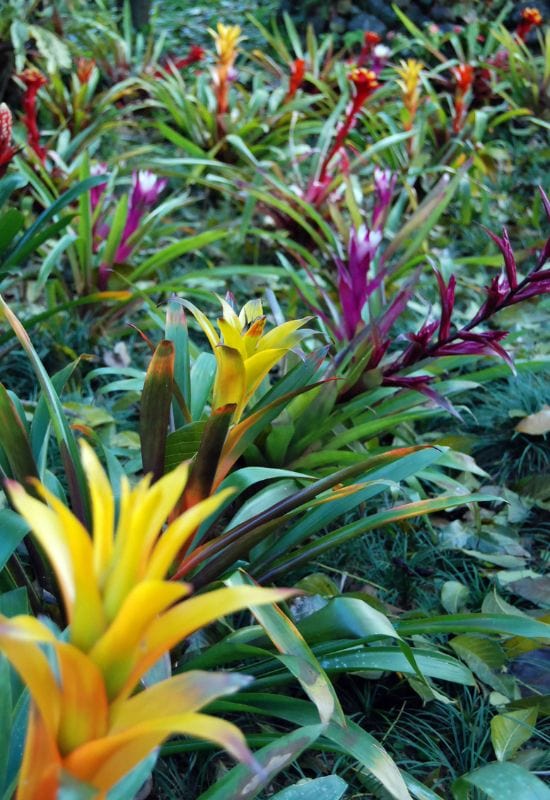
Bromeliads are a huge number of plants, in fact, they are a whole family with 72 genera and a whopping 2,700 species! However, when we use this term we mainly refer to the Bromelioidaeaesubfamily (urn plant and relatives) and the Guzmaniagenus, which has become a very popular houseplant!
Bird’s Nest Fern (Asplenium nidus)
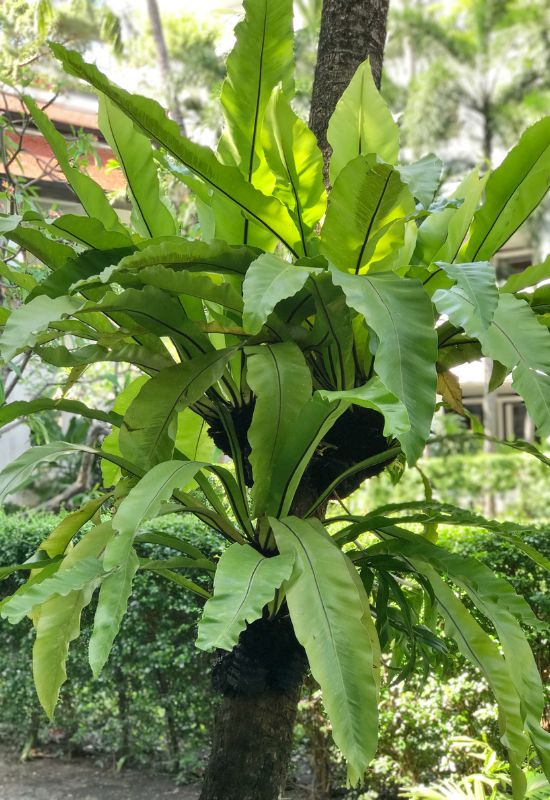
Yet another exotic perennial that likes to grow on trees is bird’s nest fern, a popular houseplant. In fact, it is native of tropical forests of Southeast Asia, Australia and Hawaii, and it has lots to offer to open gardens in hot countries… Its suggestive name comes from the shape that the foliage takes, a wide and open rosette.
Orchid Cactus (Disocactus ackermannii)
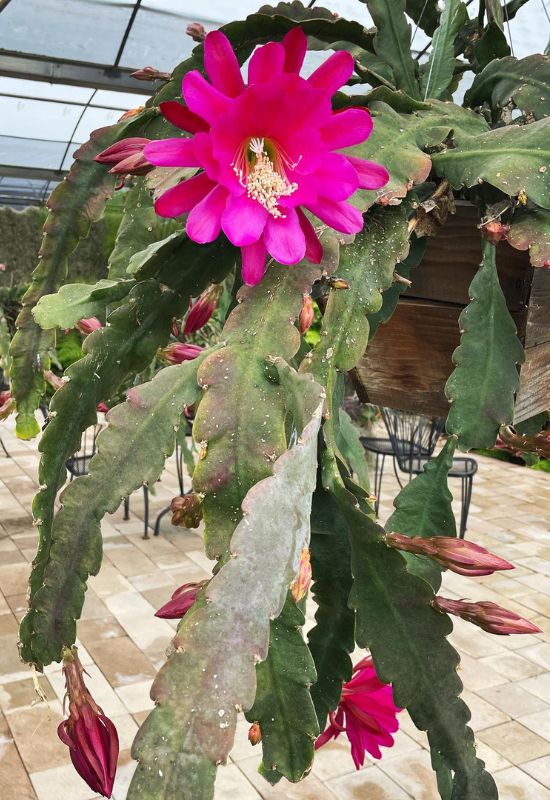
Evocatively called orchid cactus, Disocactusackermanii is an epiphytic succulent species of the Cactaceaefamily that grows on the tall trees of the forests of some southern states of Mexico (Chiapas, Oaxaca, Puebla and Veracruz).
Coelogyne Rochussenii (Coelogyne rochussenii)
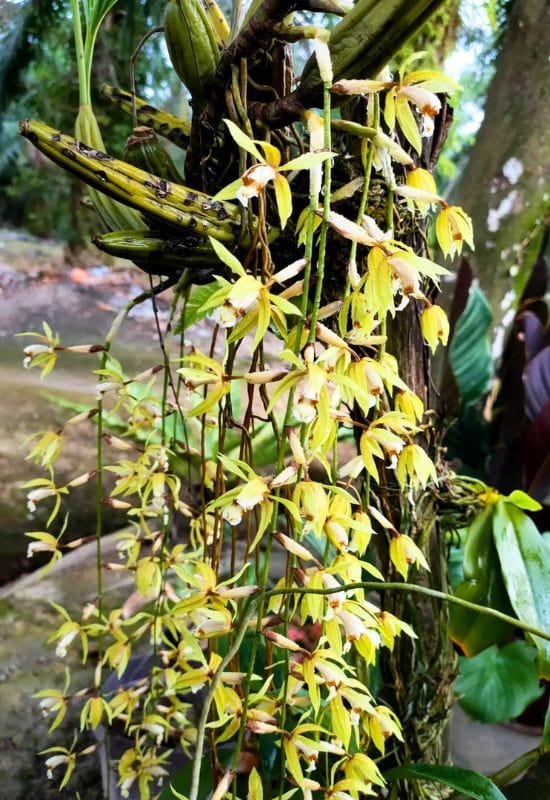
Here is another orchid for you, and there are many more from the Orchideaceaefamily, but this needs a mention: Coelogynerochussenii… To start with, it is a bit more hardy than other epiphytic varieties, while there are many terrestrial species you can grow in temperate regions… But there is more… This native beauty has its habitat on the branches of high altitudetropical trees in Borneo, Java, Sumatra and some of the Philippine islands… And it is very special indeed!
Mistletoe (Viscum album)
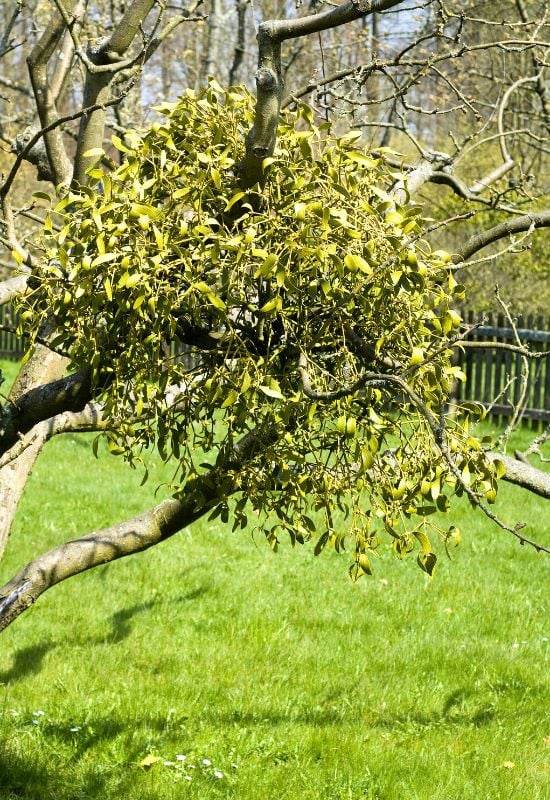
There are many genera of mistletoe, including Phoradendronfrom North America and Arceuthobium from all over the world, basically, but we would like to focus on the most classic of all
